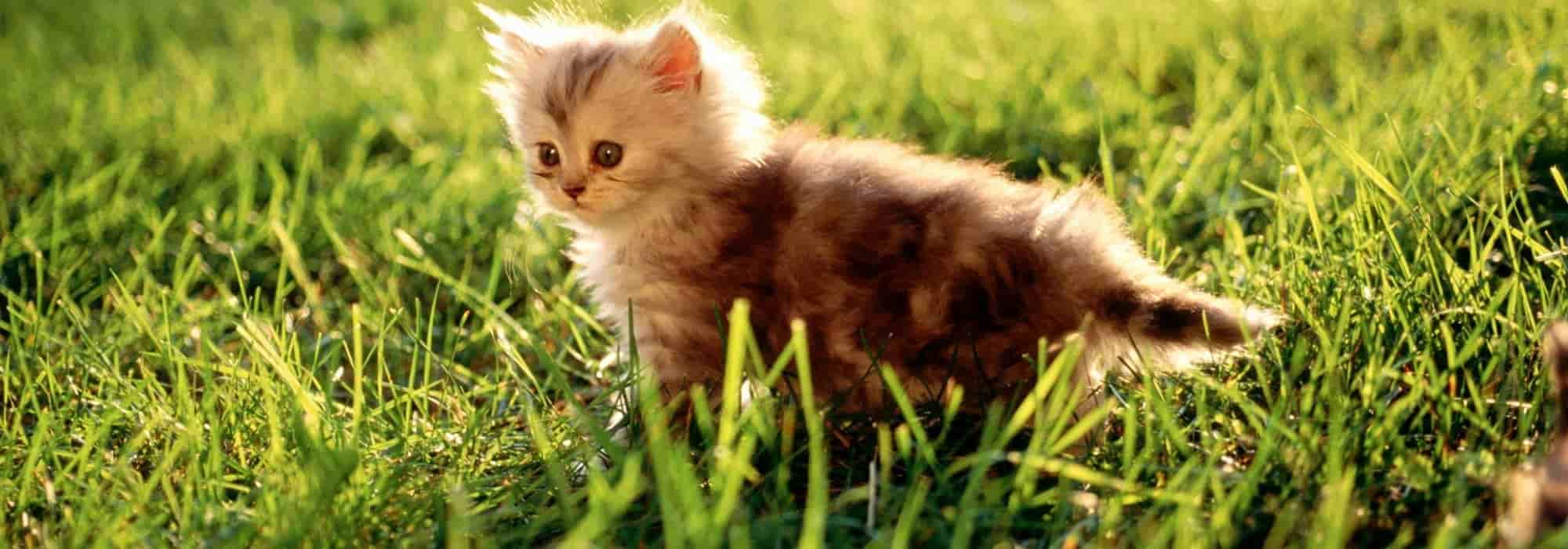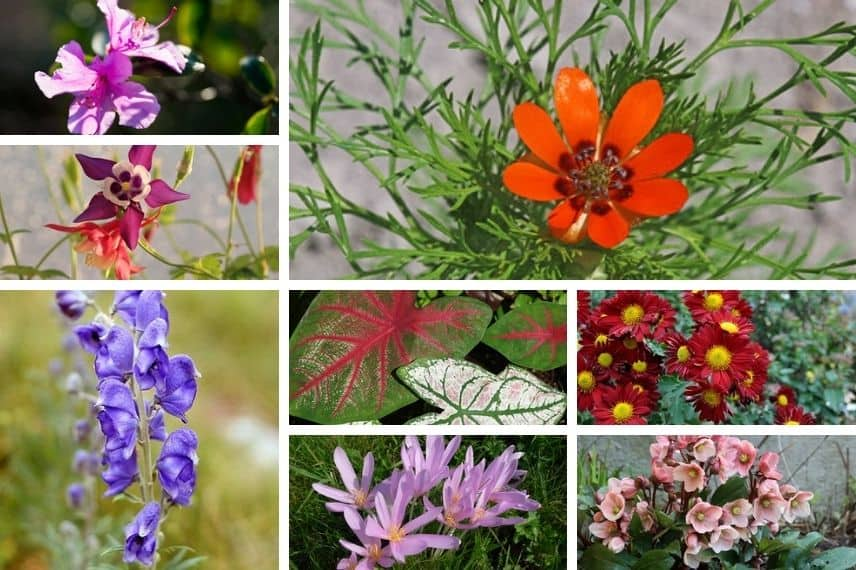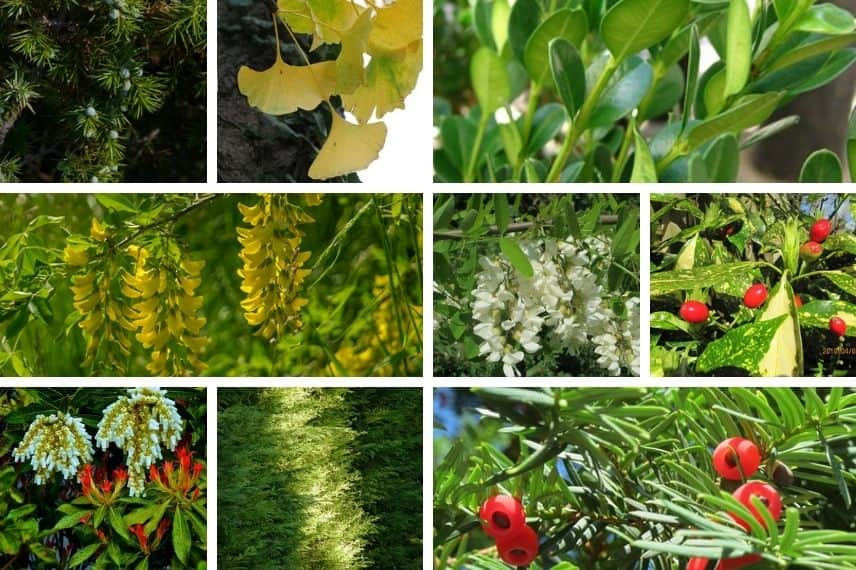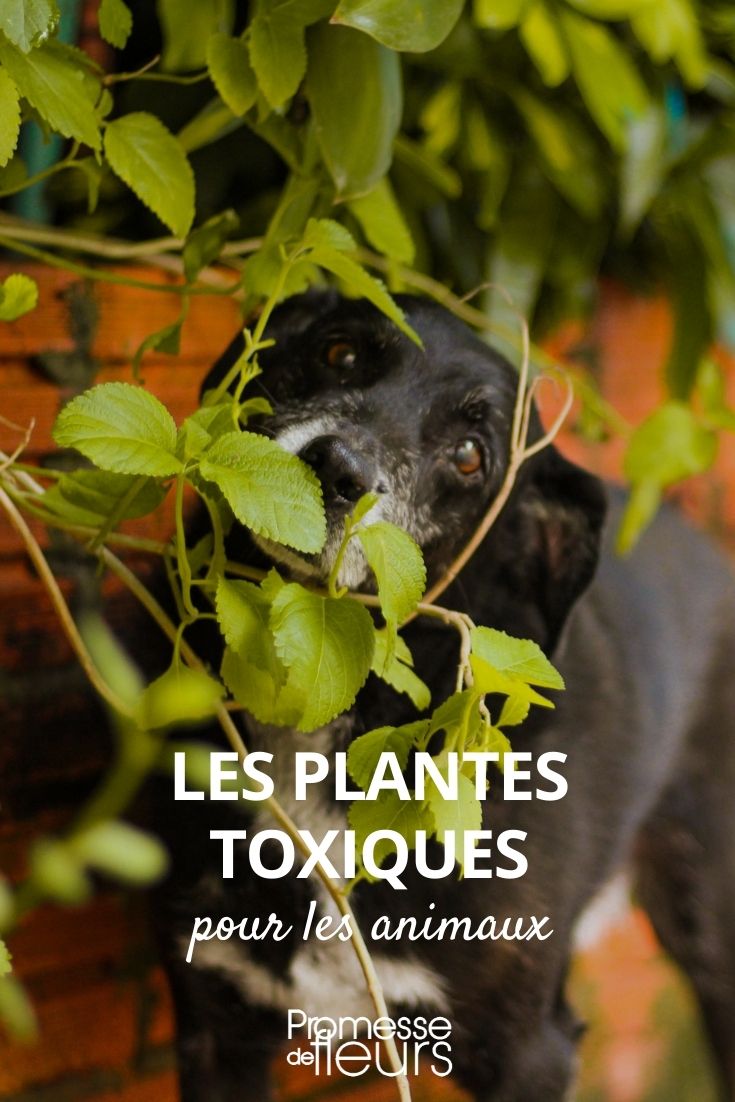
Which plants are toxic to animals?
Some plants can be dangerous for our pets, including cats, dogs, and horses.
Contents
At first glance, the list of toxic, dangerous, or photosensitising plants for our four-legged companions may seem quite impressive in its length. However, there is no need to confine your pet indoors, systematically uproot all the incriminated plants, or concrete over your garden. Indeed, most of these plants are toxic if ingested in large quantities. Furthermore, many of them are bitter, prickly, irritating, or even pungent, characteristics that make these plants unappetising and naturally deter animals. Finally, even if they are swallowed or nibbled, these plants induce vomiting, which helps expel the active compounds.
That said, it is essential to keep an eye on kittens, puppies, or foals who are exploring the world and do not yet have enough experience to avoid these toxic plants. Additionally, do not hesitate to take some precautions during plant pruning or weeding operations, and in how you store your seeds or bulbs.
Here, in alphabetical order, is the list of the most toxic plants for domestic animals.
Toxic plants commonly found in gardens
In the ornamental garden, these plants or bushes offer us their most beautiful colours of flowers or foliage throughout the seasons. Sometimes, certain ones produce berries that are aesthetically pleasing and very attractive to birds. However, behind all this beauty, there can sometimes be a few drawbacks. Indeed, many plants or bushes commonly cultivated in our gardens contain active principles that are more or less harmful. Caution is therefore advised if you cultivate these plants:
- Aconite (Aconitum nappelus) is a herbaceous perennial from the Ranunculaceae family that produces large aerial spikes of flowers, most often blue, sometimes white or yellow. All parts of the plant are toxic as it contains several alkaloids such as aconitine. It is highly toxic if ingested.
- Adonis or Pheasant’s Eye (Adonis aestivalis) is a messicolous plant, also from the Ranunculaceae family. It offers small blood-red flowers with black, velvety anthers. It contains a cardiotonic glycoside, adonitoxigenin, which is very toxic, particularly to cats.
- Columbine (Aquilegia) is yet another perennial from the Ranunculaceae family, notable for its flowers in various colours and long spurs that extend the petals. It is mainly the seeds that are dangerous, although other parts of the plant are also harmful due to their content of cyanogenic glycosides. Highly toxic if ingested.
- Azalea or Rhododendron are shrubs with generous flowering from the Ericaceae family. They are toxic as they contain acetylandromedol. The entire plant, including the sap, is dangerous.
- The Caladium is a summer bulb from the Araceae family, magnificent for its large heart-shaped leaves in various colours. It contains calcium oxalate, which is very dangerous, especially for cats. The entire plant is toxic, including through contact.
- The Chrysanthemum is a perennial that blooms in autumn. Although it is often associated with cemeteries, it has its place in gardens. However, care should be taken with your pets as the leaves and stems of the chrysanthemum contain various toxic active principles.
 Azalea, columbine, aconite, adonis, caladium, chrysanthemum, colchicum, and hellebore can be harmful in the garden.
Azalea, columbine, aconite, adonis, caladium, chrysanthemum, colchicum, and hellebore can be harmful in the garden.
- The Colchicum (Colchicum autumnale) is a cormous plant from the Liliaceae family that blooms in autumn in pink, mauve, or white. It contains colchicine, and the entire plant, including the flower, is dangerous.
- Datura and Brugmansia come in two forms: arborescent and herbaceous, both from the Solanaceae family. Their toxicity is well-known as they contain numerous active principles such as atropine.
- The Foxglove (Digitalis) is a biennial or perennial notable for its long flowering spikes in multiple colours. It is toxic as it contains cardiotonic substances.
- The Hellebore or Christmas Rose (Helleborus) is one of the few perennials that blooms in winter in white, pink, purple, or even green! All parts of the plant are toxic due to their action on the heart.
- The Hydrangea is present in most gardens due to its adaptability and beautiful flowering. However, it is harmful as it contains hydrocyanic acid, similar to cyanide. The entire plant should not be ingested by animals.
- Cherry Laurels and Oleanders from the Apocynaceae family are highly toxic if any part of the plant (seeds and leaves for cherry laurels, flowers, leaves, and wood for oleanders) is ingested.
- The Lobelia (Lobelia) is a perennial or annual with generous flowering spikes, from the Campanulaceae family. The entire plant is toxic if ingested as it contains lobeline.
- The Lily of the Valley (Convallaria majalis) is one of the leading causes of poisoning in cats. The entire plant is toxic, but it is mainly the flowers and fruits that pose a problem. Lily of the Valley contains two cardiotonic heterosides (convalloside and convallatoxin) and an irritant and diuretic saponoside, convallarine.
- The Solomon’s Seal (Polygonatum) is a woodland perennial that bears white bell-shaped flowers. The entire plant is toxic, particularly the berries, especially for cats.
 Solomon’s Seal, foxglove, oleander, lobelia, lily of the valley, and brugmansia are dangerous for animals, often through ingestion.
Solomon’s Seal, foxglove, oleander, lobelia, lily of the valley, and brugmansia are dangerous for animals, often through ingestion.
Bulbs to Keep Away from Animals
Many bulbous plants are dangerous for animals, particularly young dogs and cats that may enjoy nibbling on them. Thus, daffodils and narcissi, lilies, iris, and arum are particularly toxic if ingested. Daffodils and narcissi contain several alkaloids, including lycorine, narcissine, and saponins, while lilies contain colchicine (especially concentrated in young leaves and buds). In iris, it is the bulbs that are the most toxic.

Iris, narcissus, lily, and arum
Arum contains conicine, an alkaloid that can disrupt heart rhythm. In the variegated or spotted arum, the entire plant is toxic, while in the florist’s arum, only the sap is toxic.
So, be mindful of your pets not only in the garden but also in the storage area for bulbs.
Dangerous bushes and trees for our four-legged friends
Many trees and bushes also pose a danger to our pets. It is therefore essential to be vigilant during hedge pruning. Always proceed in the absence of your pets and never leave your pruning waste behind so that your cats or dogs do not roll in it and inadvertently ingest it while grooming themselves.
Several trees and bushes to be wary of include:
- The aucuba (Aucuba japonica) is a bush with decorative foliage and red berries, belonging to the Cornaceae family. Containing aucubin, its berries and leaves are moderately toxic.
- The box (Buxus sempervirens) is highly toxic to animals, especially horses. It contains numerous alkaloids such as buxine, parabuxine, and buxinidine.
- The common laburnum or false ebony (Laburnum anagyroides) is a large bush from the Fabaceae family with a spreading or weeping habit, recognisable by its long clusters of golden yellow flowers. The entire plant is toxic, even the dried parts.
- The eucalyptus is a tree from the Myrtaceae family with strongly aromatic foliage. Because it contains cyanogenic glycosides and eucalyptol, it is toxic to animals.
- The juniper (Juniperus) is a conifer, a cousin of cypress, drought-tolerant and hardy. This is why it is found throughout France. However, most varieties contain thujone and terpenic alcohol, which are dangerous for animals.
- The ginkgo biloba or maidenhair tree is a highly toxic tree by ingestion and contact, especially for dogs and cats. Nevertheless, it is a true botanical curiosity with its graphic golden yellow foliage in autumn.
- The yew (Taxus baccata) is very decorative with its reddish-brown bark, ideal for creating hedges. However, the entire plant, even when dry, is dangerous, so be sure to dispose of pruning waste properly.
- The Pieris or Japanese Andromeda (Pieris japonica) is a bush used for borders or in beds. It is primarily the leaves that are dangerous for all domestic animals.

Juniper, Ginkgo biloba, box, laburnum, black locust, aucuba, Pieris japonica, thuja, and yew pose a danger to dogs, cats, and horses
- The black locust or false acacia (Robinia pseudoacacia) is a small spiny tree widely cultivated in France. It produces fragrant clusters of white flowers. The bark and branches, which contain a glycoside and a cyanogenic alkaloid, are highly toxic to horses and all animals in general.
- The thuja (Thuja occidentalis) is very low-maintenance. This is why it has been and continues to be planted to create hedges. However, it contains a terpenic compound, thujone, which is highly toxic by ingestion and contact. Burns can occur during hedge pruning.
Without forgetting wild plants
In nature, there are also some toxic plants that it’s good to be aware of. These plants can be harmful to horses, as well as to dogs during walks or to cats that roam freely.
Among the most well-known toxic wild plants, we can mention (always in alphabetical order): giant hogweed, a contact photosensitising plant, dioecious briony whose berries and rootstock are dangerous, or celandine, also known as wart herb, to which dogs are very sensitive. Mistletoe berries are very harmful to cats, St. John’s wort (or ground ivy) for horses and dogs. As for black nightshade, or bittersweet, which is very common along pathways, it is well-known for its toxicity due to the presence of solanine. Wheat cockle is toxic, particularly the seeds which contain saponins. Finally, ragwort or St. James’s herb, identifiable by its yellow flowers, is highly toxic to all animals, especially horses. Moreover, it grows everywhere. It is mainly the young plants that pose a risk.

Ragwort, black nightshade, giant hogweed, and celandine
What to do in case of suspected poisoning?
If your animal is vomiting, has diarrhoea, is excessively salivating, convulsing or trembling, or shows signs of nervous, motor, breathing or cardiac issues, poisoning cannot be ruled out. The most important thing is to consult a veterinarian urgently, within 3 hours at most after ingestion of a toxic plant.
If you saw it eat a particular plant, take a photo so it can be identified. And, immediately, do not give anything to drink (neither water nor milk) and even less to eat to your animal. Do not administer any medications usually prescribed for humans.
- Subscribe!
- Contents
































Comments